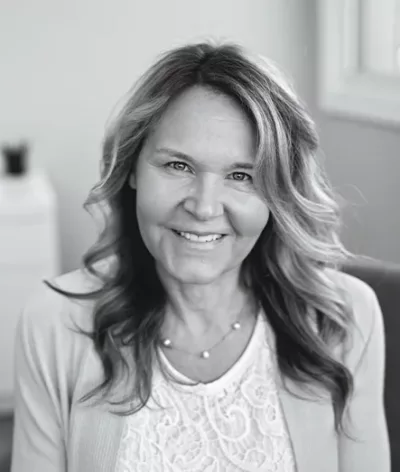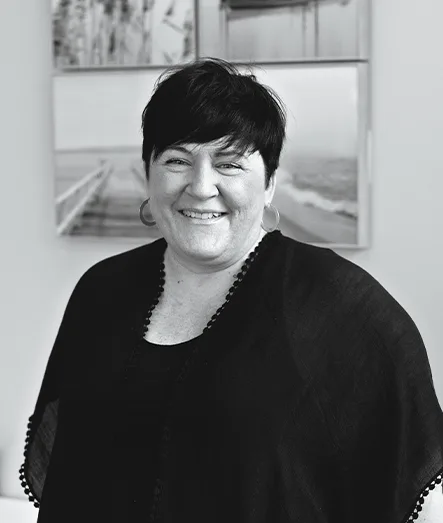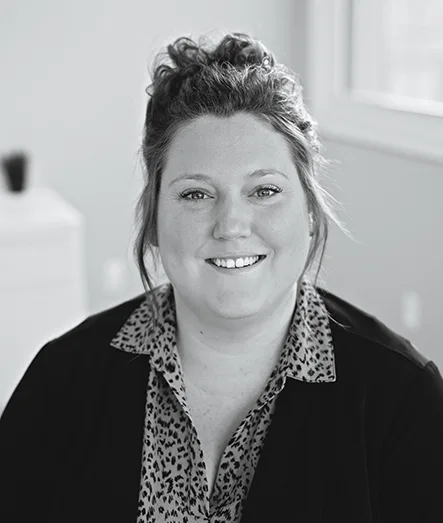Trigger Warning – Pregnancy Loss
I remember hearing the baby was gone; the word “miscarriage” for the first time. It just so happened to be on Mother’s Day. I was heartbroken, shocked, and wondering what went wrong. The word miscarriage carries a lot of weight, and for me, equated to that I must have done something wrong for this to have happened. Perhaps it is the “mis” in the word. Regardless, I was devastated and alone as it was during the height of the pandemic and my partner was not allowed to be in the hospital with me at the time. Losing a baby is a gut wrenching, heartbreaking experience I never thought I’d have, or for a while, didn’t think I would survive. I grieved hard. But grief is just an umbrella term. What I really felt was never ending sadness, heartbreak, anger, disappointment, shame, comparison, anxiety, loss, and a whole host of other emotions. I had to avoid social media for awhile as seeing everyone else’s pregnancy announcements or child-related posts hurt. My partner and I had to navigate our own grief while figuring out how we could still be there for one another. I tried hard to figure out how I could get my baby back. But life doesn’t work that way. I read once that grieving a pregnancy loss is like having all this love to give but nowhere to put it. I felt that statement deeply as my heart had grown so much for this baby and now I didn’t know what to do with that love or all the complicated feelings I had. I was fixated on the dreams and hopes we had for our baby that were not realized. That baby is still so loved and is a part of our story. I share this now because it quickly became apparent to me the lack of resources around the loss of a baby and how much a silent topic this still is. If this too is a part of your story: I see you, I hurt with you, and please know that you are not alone. Please reach out for support if you are feeling any of the feelings above and are needing somewhere to process your loss. Also, stay tuned as we fundraiser for a support group for those who have experienced pregnancy and infant loss. Brianna Kerr







 Sharon Walker, MSW, RSW
Sharon Walker, MSW, RSW Jordon Iorio Hons. BA, RSW
Jordon Iorio Hons. BA, RSW Christine Bibby, B.S.W., M.S.W., R.S.W.
Christine Bibby, B.S.W., M.S.W., R.S.W. Brianna Kerr, RSW
Brianna Kerr, RSW Danielle Vanderpost, RSW
Danielle Vanderpost, RSW Daniela Switzer, MA, C.PSYCH
Daniela Switzer, MA, C.PSYCH Tammy Adams
Tammy Adams Jade Bates, RMT
Jade Bates, RMT Caitlin Schneider
Caitlin Schneider Dr. Crysana Copland
Dr. Crysana Copland
 Amy Dougley
Amy Dougley Emily Kamminga
Emily Kamminga Bill Dungey, RSW
Bill Dungey, RSW



 Jessica Moore, RSW
Jessica Moore, RSW Abigail Wragge, RSW
Abigail Wragge, RSW Melanie Clucas
Melanie Clucas Ally Legault
Ally Legault Kunle Ifabiyi
Kunle Ifabiyi Tammy Prince
Tammy Prince
